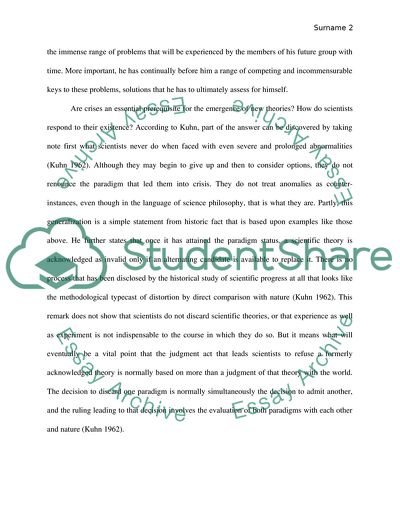Cite this document
(“History and Philosophy Science Book Report/Review”, n.d.)
Retrieved from https://studentshare.org/miscellaneous/1609407-history-and-philosophy-science
Retrieved from https://studentshare.org/miscellaneous/1609407-history-and-philosophy-science
(History and Philosophy Science Book Report/Review)
https://studentshare.org/miscellaneous/1609407-history-and-philosophy-science.
https://studentshare.org/miscellaneous/1609407-history-and-philosophy-science.
“History and Philosophy Science Book Report/Review”, n.d. https://studentshare.org/miscellaneous/1609407-history-and-philosophy-science.


